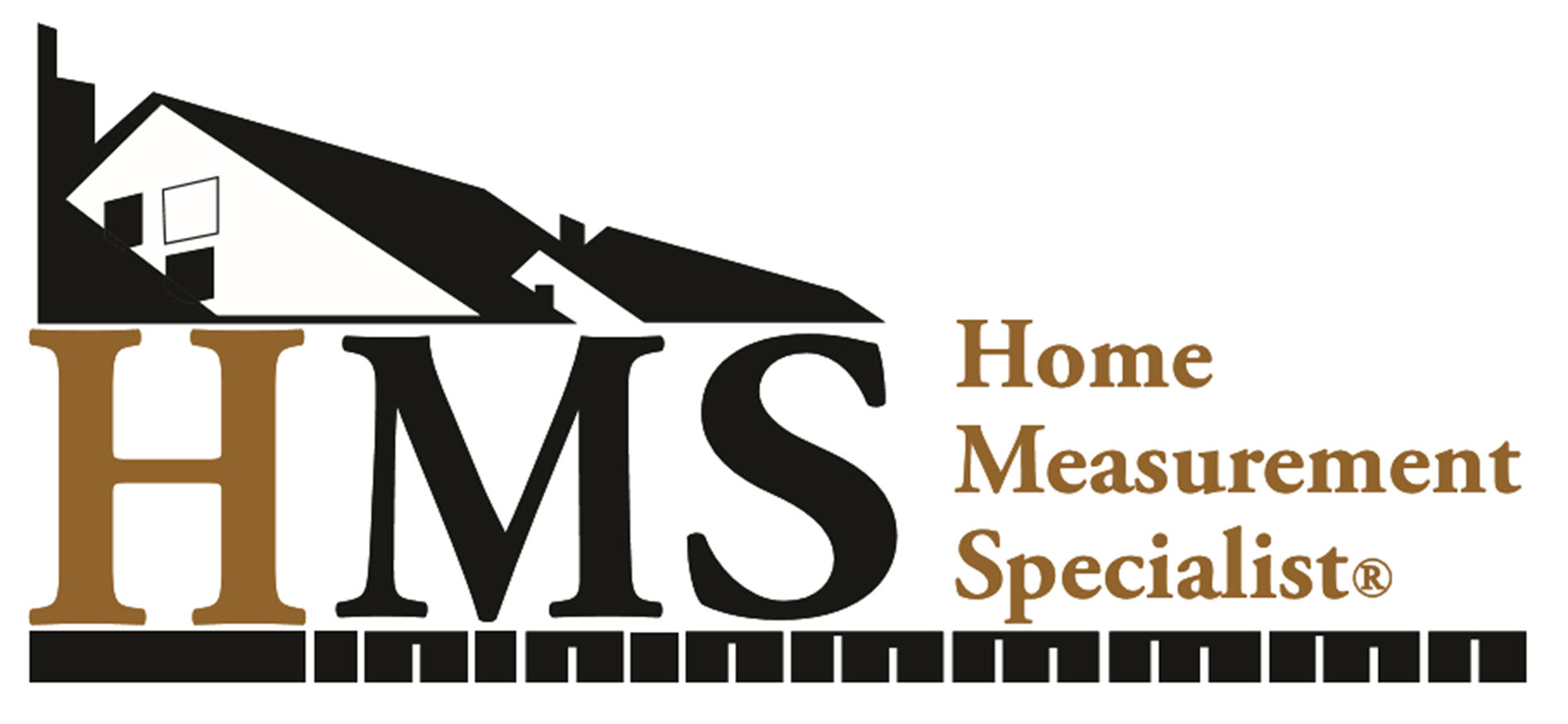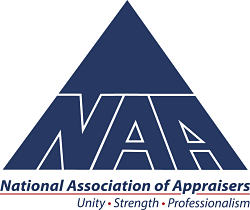What Are The Most Common Reasons FHA or USDA Appraisals Fail Inspections And How Do I Prepare?
FHA appraisals are subject to certain requirements known as Minimum Property Requirements (MPR) or Minimum Property Standards (MPS). These standards are in the HUD Handbook, which has hundreds of pages but only a few apply to the MPR or MPS that appraisers use while doing our onsite inspections. The FHA appraisal procedure is designed to ensure that the property meets minimum standards for safety, security, and soundness. We will visually inspect for any potential issues and document the items that need to be repaired in the inspection. The FHA standards state that all repairs be completed before the loan can be approved.
This list can be used as a resource by Realtors to help aid their clients. Before having an FHA or USDA appraisal done, these are some things to check:
- If your home is built prior to 1978, make sure there isn’t any defective paint such as chipping, peeling, or scaling. Walk around both the interior and exterior of your property and pay close attention to areas around doors and windows as they seem to be hot areas for defective paint. It will also be documented in the report if found on detached garages, sheds, or any appurtenant structures
- Along the lines of defective paint, chipping and peeling typically exposes the raw subsurface of the exterior to the elements. Over time, this can lead to wood rot among other things. Make sure these areas are covered with paint.
- We are required to test all utilities, including the water heater, so make sure they are all on and working properly and double check that the breaker hasn’t been cut off or the pilot light hasn’t gone out.
- If there are any stains that could be moisture related, make sure they are repaired before the time of inspection. Appraisers aren’t qualified to determine whether they are due to active leaks, so they will be documented if found.
- Make sure the attic and/or crawl space is accessible as we are required to inspect both. One of the more common issues we see involving the crawl space is what FHA calls “debris in the crawl space”. We all like the extra storage space a crawl space can provide, however, cellulose items, such as cardboard boxes and wood, tend to attract pests. Before your appraisal inspection, clear the area of anything that could be considered “debris”.
- Safety issues are a big one, if your house has a deck 10 feet off the ground without any rails it’s going to get called out. FHA does not give specific examples of safety issues but local building codes may be a good way to know whether you need railing on a deck or handrails for steps on the interior and/or exterior of the property.
Below is a list of additional items that we commonly find during inspections:
- No access to all rooms in the home
- No access to all detached buildings, such as garages, sheds, and outbuildings.
- Exposed and/or loose wiring and exposed electrical systems
- No access to clean water
- Roofs that have leaks and/or does not have at least two years of economic life remaining



